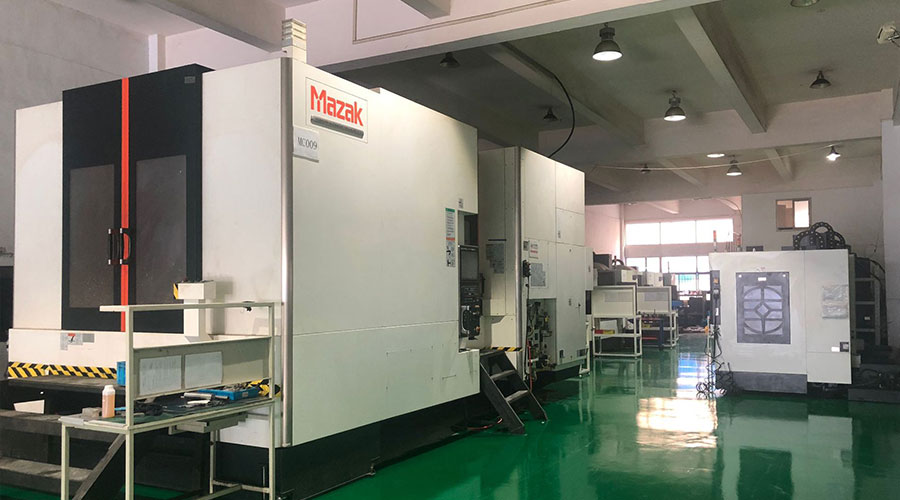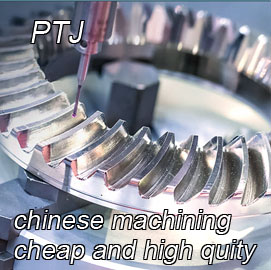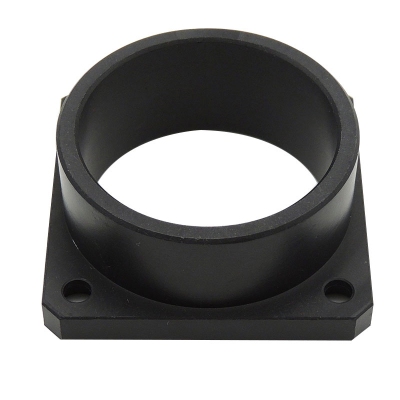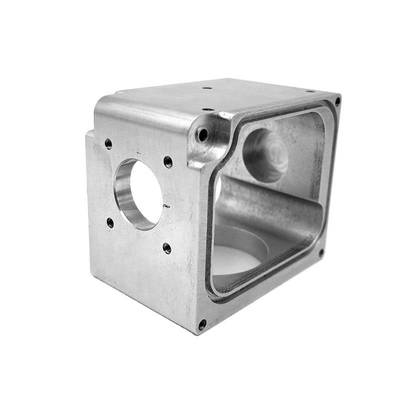What Direction is The Z Axis On The CNC Machine

The Z-axis on a CNC (Computer Numerical Control) machine plays a crucial role in determining the vertical movement and positioning of the machine’s tools or workpiece. In CNC machining, precise control over all axes is essential for the accurate manufacturing of parts, especially when working with complex geometries or requiring fine tolerances. Understanding the direction of the Z-axis in CNC machining, along with its relation to other axes, is fundamental for optimizing machine performance and achieving high-quality parts.
Introduction to CNC Machine Axes
CNC machines are sophisticated tools that are used in various manufacturing processes, including milling, turning, and drilling. These machines are controlled by a computer, which interprets the machine’s movement instructions through a set of coordinates. The movement of the machine is generally described in terms of Cartesian coordinates: the X-axis, Y-axis, and Z-axis. Each of these axes represents a specific direction in which the machine can move, and the combined movements of these axes allow the CNC machine to precisely shape a workpiece.
The Z-axis in CNC Machines
In a CNC machine, the Z-axis typically refers to the vertical movement along the machine’s tool or the workpiece. This direction is generally described as up or down, and it allows for precise adjustments in the vertical plane. The Z-axis can be considered the most critical axis for machining processes that require depth control, such as drilling, milling, and tapping. The movement of the Z-axis directly influences the cutting depth, positioning of the tool, and final dimensions of the part being created.
Machine Configuration: Vertical and Horizontal CNC Machines
While the Z-axis operates vertically, its specific direction may vary based on the configuration of the CNC machine. There are two main types of CNC machine configurations: vertical and horizontal.
Vertical CNC Machines
In vertical CNC machines, the spindle or cutting tool is aligned vertically, meaning it moves up and down along the Z-axis. The Z-axis in a vertical CNC machine is typically defined such that the positive direction moves upward, away from the workpiece, and the negative direction moves downward, towards the workpiece. This setup is ideal for applications where the cutting tool needs to approach the workpiece from above, such as in operations like drilling and milling. In vertical CNC machines, the Z-axis is often the most crucial axis for controlling depth of cut.
Horizontal CNC Machines
Horizontal CNC machines, on the other hand, position the spindle horizontally rather than vertically. However, the Z-axis in a horizontal machine still controls vertical motion, meaning that the positive Z-direction still typically moves away from the workpiece, and the negative direction moves toward the workpiece. The critical difference is that in horizontal machines, the Z-axis controls the movement of the tool relative to the workpiece on a different axis orientation, which is particularly beneficial for certain machining processes, such as heavy-duty milling and drilling.
The Z-axis in Multi-axis CNC Machines
In multi-axis CNC machines, the Z-axis is one of several axes that work together to achieve complex movements. These machines might feature up to five or more axes, allowing for movement in additional directions. For example, in a 5-axis CNC machine, the Z-axis typically still represents the vertical movement, but additional axes control rotation and tilting of the tool or workpiece, enabling the machine to cut at angles and create intricate geometries. In these machines, the direction of the Z-axis is essential for controlling the position of the cutting tool in relation to the workpiece during complex machining operations.
Coordinate System and the Z-axis
In CNC machining, the relationship between the X, Y, and Z axes is determined by a coordinate system, usually referred to as the Cartesian coordinate system. The system divides the workspace into three dimensions, and each axis represents one of those dimensions. The Z-axis is typically used to represent the depth of cut or the movement of the cutting tool along the vertical axis.
- X-axis: This axis typically controls horizontal movement, moving left and right across the workpiece.
- Y-axis: This axis typically controls movement along the horizontal plane, moving the workpiece forward and backward.
- Z-axis: This axis controls the vertical movement, either raising or lowering the cutting tool, which is crucial in determining the depth of the cut.
In a CNC system, the direction of the Z-axis must be programmed with care to ensure that the tool moves accurately in relation to the part being worked on. In many cases, a positive value on the Z-axis will move the tool away from the workpiece, while a negative value will move it closer to the part, ensuring that the tool reaches the correct cutting depth.
Importance of Z-axis in CNC Machining
The Z-axis plays an essential role in various CNC machining processes, such as drilling, tapping, and milling. In these processes, the vertical movement of the Z-axis allows the cutting tool to engage with the workpiece at the correct depth, which is essential for achieving the desired part geometry and surface finish.
Drilling
In drilling operations, the Z-axis controls the penetration depth of the drill bit. The machine operator or program will set the Z-axis to a specific value, indicating how deep the drill bit should travel into the workpiece. Proper control over the Z-axis ensures accurate hole depth and prevents damage to the material or machine.
Milling
In milling operations, the Z-axis is just as important in determining the depth of the cut. As the tool moves along the X- and Y-axes to create a shape, the Z-axis controls how deep the tool cuts into the material. Precise Z-axis movement is critical for achieving the correct surface profile and preventing issues such as over-cutting or under-cutting.
Tapping
Tapping operations involve creating threaded holes, and the Z-axis controls the depth to which the tap is engaged in the material. By precisely controlling the Z-axis movement, CNC machines ensure that the threads are formed accurately without damaging the workpiece or tool.
Z-axis Calibration and Maintenance
Like all CNC axes, the Z-axis must be properly calibrated and maintained to ensure consistent, accurate performance. Over time, wear and tear on the machine’s components can affect the Z-axis’s ability to move smoothly, leading to inaccuracies in machining. Calibration of the Z-axis typically involves checking its movement against a known reference, such as a micrometer or dial indicator, and making necessary adjustments to the machine’s settings.
Proper maintenance includes regularly checking the Z-axis components, such as the lead screws, motors, and bearings, for wear. Lubrication and cleaning of these components are essential for maintaining smooth movement and preventing mechanical failure.
Z-axis in CNC Lathe Machines
In CNC lathes, the Z-axis plays a similar role but has a slightly different function. In a lathe, the Z-axis typically controls the movement of the tool along the length of the workpiece, which is held stationary while the tool moves in relation to it. The Z-axis in lathe machining is essential for controlling the depth of cuts along the workpiece’s axis, whether it be for turning, facing, or threading operations. In many CNC lathes, the Z-axis will move in both positive and negative directions to adjust the cutting depth, while the tool moves in the X-axis to create the desired part profile.
Applications of Z-axis in Industry
The Z-axis is critical in many industries where precision machining is required. For example, in aerospace, automotive, medical device manufacturing, and electronics, the Z-axis controls the depth of cuts and ensures that parts are produced with the exact dimensions and surface finishes required. In these high-precision environments, even small variations in Z-axis movement can lead to defects or inefficiencies, making accurate control over the Z-axis a fundamental aspect of the CNC machining process.
Aerospace
In aerospace manufacturing, parts often require extremely tight tolerances and intricate geometries. The Z-axis in CNC machines used for aerospace applications is integral to ensuring that the cutting tool reaches the correct depth in each operation, whether it’s milling, drilling, or engraving. The vertical positioning provided by the Z-axis helps to avoid damage to delicate parts and ensures that the part conforms to its design specifications.
Automotive
In automotive manufacturing, the Z-axis is crucial for producing complex components that require multiple machining steps. For example, when creating engine components, gears, or transmission parts, the Z-axis controls the depth of cuts that create features such as grooves, pockets, and holes. Achieving high precision along the Z-axis is vital for ensuring the function and performance of automotive parts.
Medical Device Manufacturing
Medical devices, particularly those that require precise fits, such as implants and surgical instruments, rely heavily on accurate Z-axis movement to ensure that parts meet their required specifications. In these applications, the Z-axis controls cutting depths for various operations, including drilling, tapping, and milling. Precision along the Z-axis is crucial for maintaining the tight tolerances that medical parts require.
Conclusion
The Z-axis in CNC machining is essential for controlling the vertical movement of the tool or workpiece, and it plays a central role in the precision and accuracy of many manufacturing processes. Understanding its direction, calibration, and maintenance is critical for achieving high-quality parts across a wide range of industries. Whether working with vertical or horizontal machines, multi-axis setups, or CNC lathes, the Z-axis ensures that the cutting tool moves to the correct depth, allowing for precise machining operations and accurate production of complex parts.
Reprint Statement: If there are no special instructions, all articles on this site are original. Please indicate the source for reprinting:https://www.cncmachiningptj.com/,thanks!
 PTJ® provides a full range of Custom Precision cnc machining china services.ISO 9001:2015 &AS-9100 certified. 3, 4 and 5-axis rapid precision CNC machining services including milling, turning to customer specifications,Capable of metal & plastic machined parts with +/-0.005 mm tolerance.Secondary services include CNC and conventional grinding, drilling,die casting,sheet metal and stamping.Providing prototypes, full production runs, technical support and full inspection.Serves the automotive, aerospace, mold&fixture,led lighting,medical,bicycle, and consumer electronics industries. On-time delivery.Tell us a little about your project's budget and expected delivery time. We will strategize with you to provide the most cost-effective services to help you reach your target,Welcome to Contact us ( sales@pintejin.com ) directly for your new project.
PTJ® provides a full range of Custom Precision cnc machining china services.ISO 9001:2015 &AS-9100 certified. 3, 4 and 5-axis rapid precision CNC machining services including milling, turning to customer specifications,Capable of metal & plastic machined parts with +/-0.005 mm tolerance.Secondary services include CNC and conventional grinding, drilling,die casting,sheet metal and stamping.Providing prototypes, full production runs, technical support and full inspection.Serves the automotive, aerospace, mold&fixture,led lighting,medical,bicycle, and consumer electronics industries. On-time delivery.Tell us a little about your project's budget and expected delivery time. We will strategize with you to provide the most cost-effective services to help you reach your target,Welcome to Contact us ( sales@pintejin.com ) directly for your new project.

- 5 Axis Machining
- Cnc Milling
- Cnc Turning
- Machining Industries
- Machining Process
- Surface Treatment
- Metal Machining
- Plastic Machining
- Powder Metallurgy Mold
- Die Casting
- Parts Gallery
- Auto Metal Parts
- Machinery Parts
- LED Heatsink
- Building Parts
- Mobile Parts
- Medical Parts
- Electronic Parts
- Tailored Machining
- Bicycle Parts
- Aluminum Machining
- Titanium Machining
- Stainless Steel Machining
- Copper Machining
- Brass Machining
- Super Alloy Machining
- Peek Machining
- UHMW Machining
- Unilate Machining
- PA6 Machining
- PPS Machining
- Teflon Machining
- Inconel Machining
- Tool Steel Machining
- More Material





